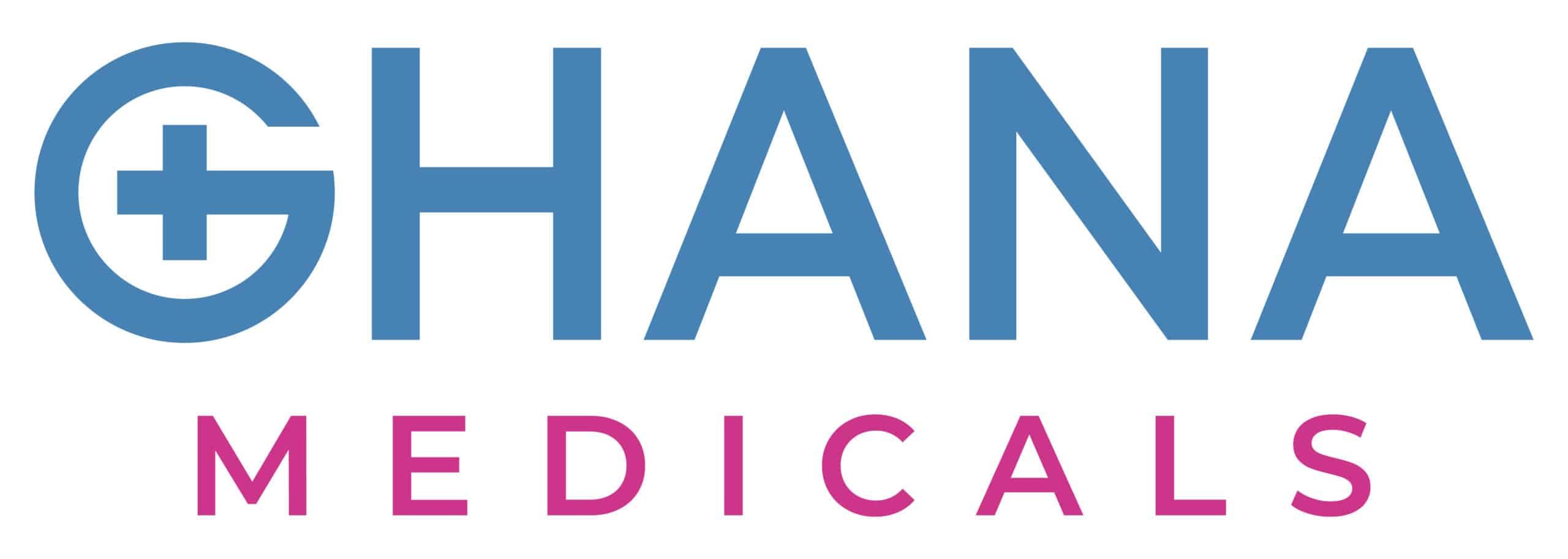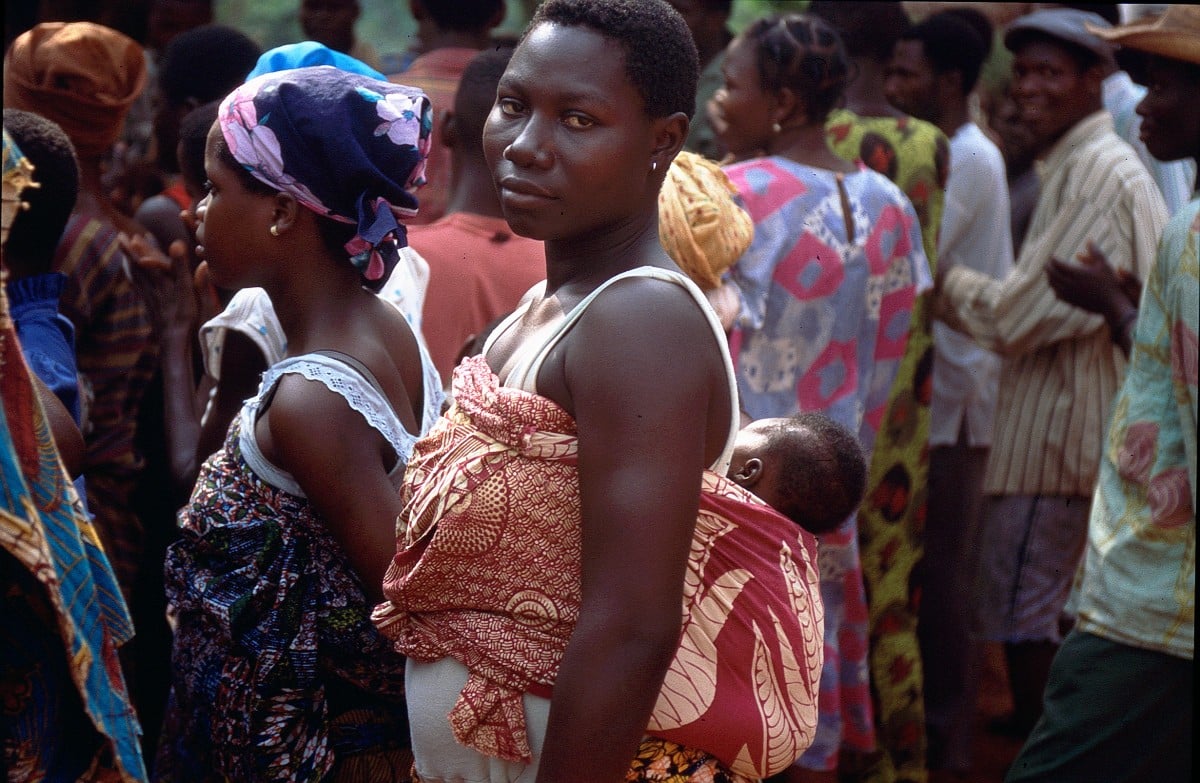Proper HIV and syphilis testing, as well as testing for any other STD, is important over each life period, but it earns a specific significance during the pregnancy period, especially when we are talking about HIV and syphilis that pose the risk of being transmitted from an infected mother to her baby. With the new guidelines determined by WHO (World Health Organization) for dual HIV/syphilis testing, we have found a new hope to see an improvement in the HIV and syphilis cases around the world, with a special focus on Africa.
How can the use of dual HIV/Syphilis tests help support a healthy pregnancy?
HIV and syphilis are two highly dangerous sexually transmitted diseases during the nine months of pregnancy, not only because of their difficult symptoms but also because of the high risk of HIV and syphilis being transmitted from the infected mother to her child that is still growing and developing inside her womb. Unfortunately, HIV and syphilis are still quite common among pregnant women, especially among those living in Africa, which is one of the centuries where the highest population infected with HIV/syphilis has been living in the past couple of years. A study investigated the HIV prevalence by involving approximately 10,000 pregnant women and showed that of all, around 3% of them became infected with HIV during the course of their pregnancy.
Left untreated and undetected, HIV and syphilis can lead to a number of health issues not only during pregnancy but also during childbirth as well. Transmitting HIV and/or syphilis is not the only health issue that we are talking about. These infections can lead to low birth weight, stillbirth, spontaneous abortus, and many other potential health risks as well.
Luckily, all pregnant women are supposed to undergo proper HIV testing at their first visit at their doctor’s office, as well as throughout the next nine months. When detected in its early stages, HIV can be efficiently controlled and treated, although not cured, so that the negative effect on the little one can be as minimalized as possible. With the use of antiretroviral therapy (ART), the risk of transmitting the disease during pregnancy, and later during childbirth and breastfeeding, can be significantly reduced, which will have a positive influence on both the health of the mother and the child.
But things are a bit different when it comes to testing for syphilis during pregnancy. While 60% of the pregnant women across Africa have been tested for HIV, less than 40% of them have been tested for syphilis. A study published in 2019 also revealed that 4% of all pregnant women had not been tested for HIV nor syphilis. Syphilis also poses great threats left untreated, which is why it is of vital importance that every pregnant woman gets tested for both HIV and syphilis at least once during her pregnancy, as WHO (World Health Organization) suggests.
The WHO has come to suggest a rather effective method that is thought to improve the numbers of cases in which proper testing for both HIV and syphilis has been done. The method that they recommend is a dual HIV/syphilis test that will be introduced as a part of the regular antenatal care for each pregnant woman.
By introducing dual testing, WHO suggests that the cost of testing will decline while the number of women that are getting tested and potentially treated when needed, will be increasing, which is just the effect that we have been looking for so long now.
This can be especially beneficial for high burden countries such as Africa in which expenses play a big part in maintaining the good health of its population. With the reduced expenses rate, it will be more affordable to offer more and more women to get properly tested during their pregnancy.
Conclusion
With the new dual testing for HIV and syphilis suggested by the WHO, we are looking at a potential decline in new cases of HIV and syphilis in the future. This testing method for HIV/Syphilis will be of a high value for pregnant women since they are facing the risk of transmitting the infection to their child and with that struggling with devastating complications and a potential spread of the initial infection.

